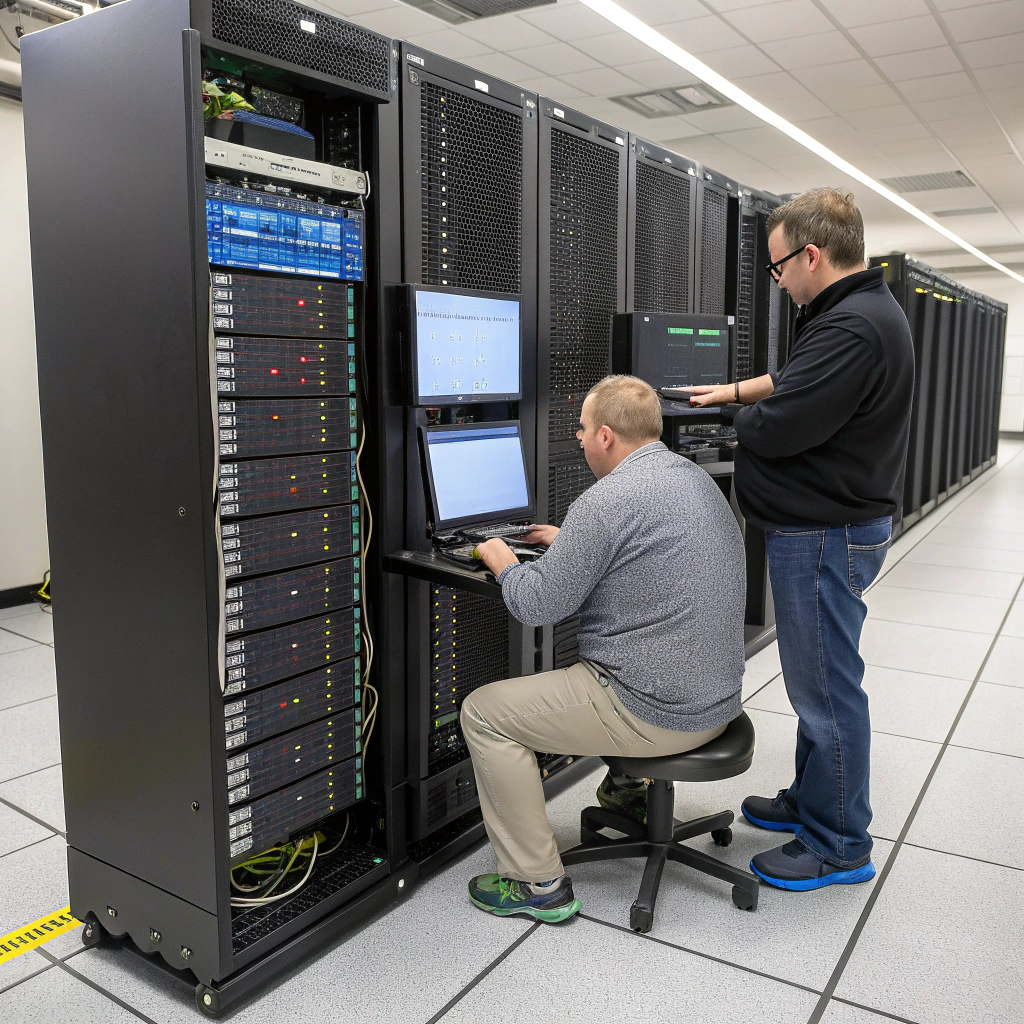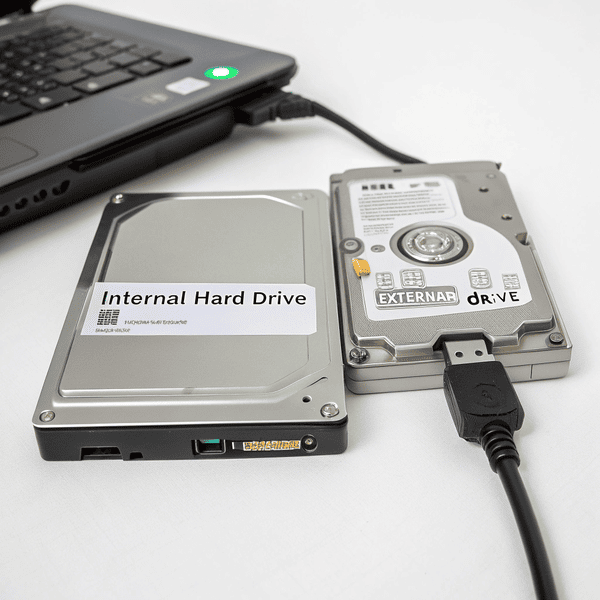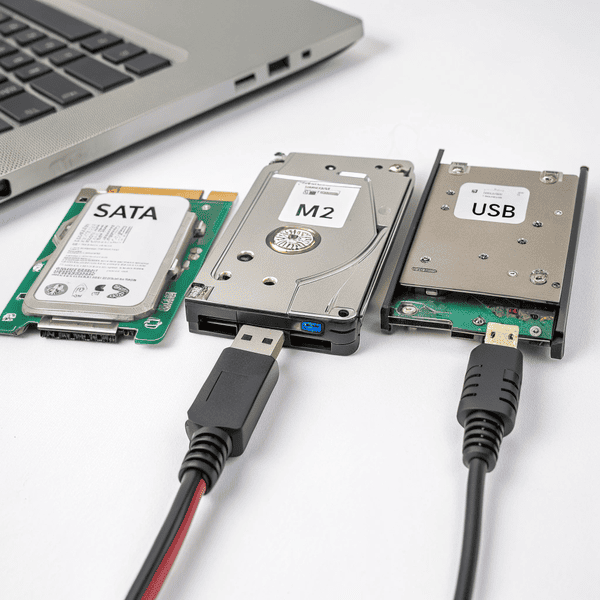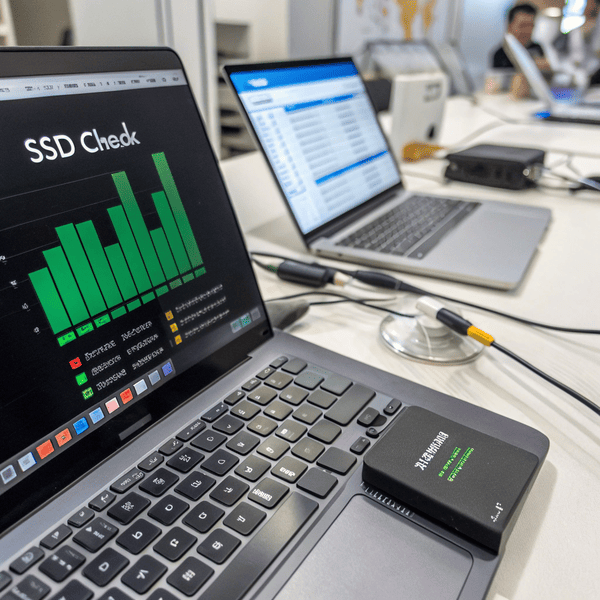In the modern data centre, every millisecond matters. NVMe is changing the game forIn the modern data centre, every millisecond matters. NVMe[^1] is changing the game for data storage, bringing massive speed, scalability, and efficiency that traditional solutions can't match.
[^1]: Explore this link to understand how NVMe technology revolutionizes data storage with speed and efficiency.
, bringing massive speed, scalability, and efficiency that traditional solutions can't match.
NVMe matters in data centres because it enables much faster data transfer, extremely low latency, and better scalability compared to previous storage protocols, helping organizations handle demanding workloads, scale efficiently, and reduce infrastructure costs[1][3][5][16][17].
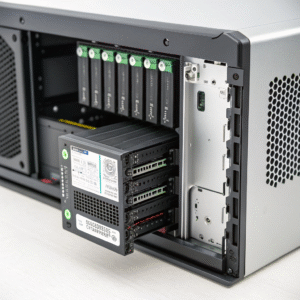
Today, I'll break down why NVMe is so important, where it really shines, and the practical reasons it's transforming modern servers and storage—plus where the boundaries still lie.
Are NVMe drives good for servers?
Performance-hungry environments need new solutions for today’s data challenges. But are NVMe drives up to the task for servers?
NVMe drives are excellent for servers because they deliver much higher data transfer rates, lower latency, and greater input/output operations per second (IOPS) than SATA or SAS SSDs, making them ideal for demanding enterprise workloads[1][3][5][10][16].
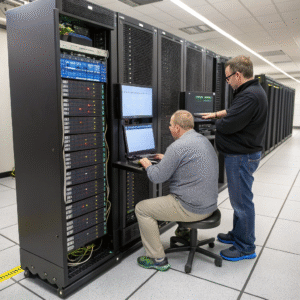
NVMe was specifically built to overcome the speed and parallelism bottlenecks in older protocols like SATA and SAS, which were designed for mechanical hard drives[1][2][3][10][18]. Compared to SATA III’s 600MB/s maximum and single command queue, NVMe leverages the high-bandwidth PCIe interface, supporting up to 64,000 queues and 64,000 commands per queue, with bandwidth surpassing 7,000MB/s and beyond, depending on PCIe generation[1][3][10][16][17].
This huge leap means NVMe servers can instantly respond to massive numbers of requests in environments like virtualization, This huge leap means NVMe servers[^1] can instantly respond to massive numbers of requests in environments like virtualization, real-time analytics, AI, and high-frequency trading
[^1]: Exploring this link will provide insights into NVMe servers, their advantages, and how they enhance performance in various applications.
, AI, and high-frequency trading[3][5][16][17]. The protocol’s efficiency allows servers to use CPU resources better, handle bigger data sets, and shrink the time between request and response to a minimum. These features make NVMe not just “good” but essential anywhere performance and consistent low latency are mission-critical.
| Feature | SATA SSD | NVMe SSD (PCIe) |
|---|---|---|
| Max Bandwidth | 600MB/s | >7,000MB/s |
| Command Queues | 1 | 64,000 |
| Commands per Queue | 32 | 64,000 |
| Latency | ~100us | <20us |
| IOPS | <100K | >1 Million |
Why don't data centers use SSD?
If SSDs are so fast, why isn't every data center all-flash by now? What's holding them back?
Many data centers already use SSDs, especially NVMe, in performance-critical areas, but HDDs still play a big role for bulk storage due to cost, capacity, and legacy compatibility requirements[3][5][11][15].
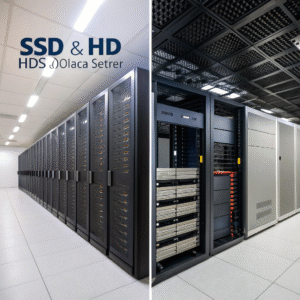
While SSD and NVMe adoption has skyrocketed for transactional workloads, virtualization, big data, and cloud, spinning disks (HDDs) remain popular forWhile SSD and NVMe adoption has skyrocketed for transactional workloads, virtualization, big data, and cloud, spinning disks (HDDs) remain popular for cold storage, backup, and lower-priority data because they offer the lowest price per terabyte[^1]
[^1]: This resource will help you discover cost-effective storage solutions that fit your budget.
, backup, and lower-priority data because they offer the lowest price per terabyte[3][11][15][16]. Some legacy data center infrastructure simply isn't ready for the performance or hardware demands of full NVMe storage—upgrading means new motherboards, PCIe backplanes, and sometimes new cooling systems[15][3]. Not every application needs NVMe’s speed: media streaming, log storage, archival, or basic file serving can get by with slower storage, as bandwidth and latency aren't the limiting factors[11][15].
There’s also a cost consideration: while SSD prices have dropped sharply, large all-flash deployments are still a bigger upfront investment compared to HDD arrays, especially for multi-petabyte installations[3][11][15]. For many, hybrid deployments—using NVMe SSDs for “hot” data and HDDs for “cold” data—strike the best balance between speed and savings.
| Workload Type | Preferred Storage | Reason |
|---|---|---|
| Databases, VMs, AI | NVMe SSD | Highest speed, lowest latency |
| Backups, archives | HDD | Cheapest per TB, large capacity |
| Web/Cloud services | Hybrid (NVMe/HDD) | Cost vs. performance balance |
Why NVMe in NAS?
NAS (NAS (Network Attached Storage) has long relied on conventional drives, so why is NVMe[^1] now entering the picture?
[^1]: Exploring this link will provide insights into how NVMe enhances performance and efficiency in NAS setups.
) has long relied on conventional drives, so why is NVMe now entering the picture?
NVMe is used in NAS to drastically improve data access speeds, support more simultaneous users, and deliver better performance for applications like virtualization, content creation, and enterprise backup, compared to HDDs or SATA SSDs[3][5][8][16].

Traditional NAS setups with HDDs or SATA SSDs can become bottlenecks, especially when handling many users or large files—think 4K/8K video editing, real-time analytics, or multiple VM disk images[8][3][16]. NVMe-based NAS appliances use the much faster PCIe flash storage to provide higher throughput, lower latency, and faster random access—even over network protocols—resulting in snappy file transfers, near-real-time rendering, and more responsive VMs for virtual desktop infrastructure (VDI)[3][8][16][17].
Also, NVMe NAS supports new enterprise features like NVMe over Fabrics (NVMe-oF), letting remote clients access high-speed storage across a data center network with nearly local performance[1][5][14][16][17]. As more IT workflows (cloud, AI, real-time processing) demand higher bandwidth and lower wait times, NVMe-based NAS becomes the backbone for modern high-performance storage environments.
| NAS Use Case | Key Need | NVMe Advantage |
|---|---|---|
| Video editing, content creation | High IOPS, Low latency | Smooth playback, fast renders |
| VDI/Virtualization | Many small, fast reads | Handles more VMs, faster response |
| Enterprise backup/snapshots | Burst writes, speed | Rapid backup/restore, less downtime |
| AI/ML workloads | Parallel access | Reduces job times, increases scale |
Conclusion
NVMe has transformed data centres with radical speed, ultra-low latency, and real scalability, reshaping how we build everything—from high-performance servers to advanced NAS solutions. For workloads where latency and throughput are critical, NVMe is now the gold standard[1][3][5][16][17].

